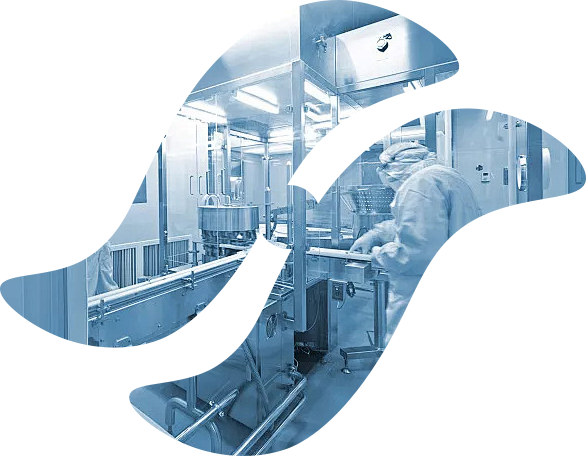SMD vs. Through-Hole Oscillators: Pros, Cons, and Applications
Crystal oscillators are essential timing components in a wide range of electronic devices. One of the most fundamental design decisions engineers face is choosing between surface-mount device (SMD) oscillators and through-hole oscillators. Each has its own set of advantages and trade-offs. In this article, we’ll compare SMD and through-hole oscillators in terms of performance, manufacturing, and application suitability—helping engineers and procurement teams make the right choice.
1. What Are SMD and Through-Hole Oscillators?
SMD Oscillators are designed for surface mounting directly onto printed circuit boards (PCBs). They are compact, lightweight, and ideal for automated assembly lines.
Through-Hole Oscillators have leads that are inserted through holes in the PCB and soldered on the opposite side. They are typically larger and easier to handle manually.
2. Pros and Cons of SMD Oscillators
Pros:
Smaller Size: Ideal for compact, space-constrained designs (e.g., wearables, smartphones).
Automated Assembly: Compatible with high-speed SMT (Surface Mount Technology) production lines.
Better High-Frequency Performance: Shorter leads reduce parasitic inductance and capacitance.
Lower Cost in Volume Production: Reduced material and labor costs in large-scale manufacturing.
Cons:
Less Rugged: More sensitive to mechanical stress during soldering or handling.
Difficult to Replace: Repairs or rework require specialized equipment.
3. Pros and Cons of Through-Hole Oscillators
Pros:
Stronger Mechanical Bond: Leads provide better physical support, making them more resistant to vibration and stress.
Easy Prototyping and Testing: Can be manually inserted and replaced—ideal for R&D and lab use.
Wide Temperature Range Options: Often available in ruggedized versions for harsh environments.
Cons:
Larger Size: Takes up more space on the PCB, limiting use in compact designs.
Slower Assembly: Not compatible with fully automated SMT processes, increasing labor costs.
Higher Parasitic Effects: Long leads can affect signal integrity at high frequencies.
4. Typical Applications
Oscillator TypeCommon Applications
SMD OscillatorsMobile devices, network equipment, IoT modules, GPS receivers, high-frequency circuits
Through-Hole OscillatorsIndustrial control systems, automotive electronics, military and aerospace, test equipment
5. Key Factors to Consider When Choosing
PCB Space Constraints: SMD is better for compact layouts.
Mechanical Durability: Through-hole is preferred in high-vibration environments.
Operating Frequency: SMD offers better performance at high frequencies.
Production Method: For high-volume automated production, SMD is the obvious choice.
Maintenance Needs: Through-hole is easier to replace during prototyping or repair.
Conclusion
Choosing between SMD and through-hole oscillators depends on your project’s size constraints, mechanical requirements, frequency needs, and production methods. While SMD oscillators dominate modern electronics due to their size and assembly advantages, through-hole components still play a vital role in rugged and industrial applications.
At Huixun, we manufacture both SMD and through-hole crystal oscillators to meet the diverse needs of engineers and system designers across industries. Contact us for custom solutions or technical support tailored to your specific application.
-
Are you a manufacturer or a trading company?Thangshan Huixun is a manufacturer of crystal oscillators, Our factory is located in Tangshan city Hebei province, China. Welcome to visit us.
-
How long is your delivery time?Delivery time for customized orders will be 2-4 weeks. 24 hours will be shipped out if in stock.
-
Do you offer samples? Is it free or not?Small quantity free samples are able to be offered and shipping cost should be paid by customer.
-
What basic information to provide when ordering a crystal?We typically ask customers to provide the center frequency, the cutting angle type (AT or BT), the holder or package type, the equivalent series resistance (ESR), frequency tolerance, stability, load capacitance, operating temperature range, drive power, aging characteristics, and any additional requirements for OEM customizations.
-
Do you have any certificationWe have certification ISO9001, IATF16949.
-
Do you accept OEM and ODM order?Yes, warmly welcome OEM or ODM order, we are able to provide OEM services for customers
Reach Out to Us Today!

